
Malls are a challenge to control pests due to the large open areas, and the long opening hours a wide variety of items stored in the mall, from clothing items to furniture, electronics, bookstores, theater, food court etc. everything is available. But once the pest attacks the mall, the whole mall can shut down just in few seconds and can lead to huge loss.
Shopping malls are an excellent breeding place for the pest due to the easy availability of food, water, shelter, warmth, and safety. Pest carries various major diseases which can affect human health. Their presence in malls can damage business and reputation resulting in financial losses. The pests can enter the mall using the items available to access the mall let it be wires and cables, pipes, railings, ducts etc.
Let’s have a look at some of the evidence,
Alleged Bedbug Infestation At Tulsa’s Eastgate Metroplex
TULSA, Oklahoma – Concerned employees and visitors are alleging that the former Eastland Mall is infested with bedbugs.
Employees and visitors to the businesses there have reached out to News On 6 about the problem. People say that bedbugs have taken over the DMV and Alorica call center.
Some people say the problem started more than a year ago.
Kelly Blackwood Hudson claims she was recently ate up by bedbugs while waiting her turn at the DMV inside Eastgate Metroplex.
She posted pictures online showing the bites and one of the bedbugs.
When the facility was asked about the infestation, the response was that the property managers were unavailable and the official statement was “no comment.”
Sheena Scott’s daughter, Brooke, worked at Alorica.
“It was just a couple months into it that her and a co-worker at their little cubicle found the first bedbugs,” said Scott.
Scott says Brooke’s friend reported the bedbugs to human resources and was fired the next day. She says her daughter hung in there, but it finally became too much.
“Specifically because of the bedbug problem, she put in two weeks notice and found another job,” stated Scott.
Last month, a security worker sent News On 6 video they claimed was recorded inside Eastgate Metroplex, but they didn’t want to be interviewed out of worry they would be fired.
Another employee said via Facebook, “I know that they have been found in Alorica, Capital One and Enterprise as well. We were told to take all clothing and cloth items home. I know they say they have sprayed our office at least 3 times. It never works. Everyone is extremely frustrated.”
Couple says they got bed bugs from Port Charlotte mall
PORT CHARLOTTE, Fla. — A couple believes they got bed bugs from shopping at Port Charlotte Town Center.
Matthew Nystrom said he noticed bed bugs in his bedroom Sunday. Just one day after his wife bought new jeans for him at one of the mall’s department stores.
He said he didn’t know where the bugs came from at first, but he said they noticed the bugs the same day he decided to wear his new jeans.
Then he found a bed bug gnawing at his leg.
“Pulling it out of my leg was like…I better not tell my wife or she’s gonna freak out.”
Then he decided to tell his wife Hillary.
She said she read comments from other people on social media complaining about bed bugs at the mall. That’s when she decided to check the other pair of brand new pants that they hadn’t taken out of the bag yet.
“I pulled the one pair that were in there out and I just unfolded it. And there was one sitting right there,” she said, referring to a bed bug.
She said she saw it in the shopping bag after they had they house exterminated by Ace Pest Management.
The mall managers and operators need to fix this problem as pest infestation is a serious problem for the commercial properties and therefore instead of using conventional control measures which are not effective against pests the problem should be managed by using smart practices.
We, at C Tech Corporation, have thought about this problem in detail and have come up with a viable solution. The solution is named Combirepel™. We are the sole manufacturers of the product Combirepel™.
Combirepel™ works on the mechanism of repellency.
Combirepel™ is an extremely low concern, low in toxicity, low hazard, non-carcinogenic and non-mutagenic insect aversive. It does not kill or cause harm to insects as well as to the environment which indirectly helps to maintain the ecological balance.
Combirepel™is available in the form of the liquid concentrate can be mixed in paints in a predetermined ratio and be applied on the material which has to be protected from pests.
Combirepel™in the lacquer form can be applied topically to the applications. The lacquer is compatible with most of the surfaces like wood, concrete, metal, polymer, ceramic, cables, wires etc.
Combirepel™in the form of the masterbatch, which can be incorporated into the polymeric applications like polymeric tree guards, pipes, wires, cables, polymeric material, instruments and equipment.
Combirepel™ in the form of a spray can be sprayed to already installed wires and cables and any surface or material infested with pests.
Combirepel™ is thermally stable and does not degrade on exposure to heat and sunlight. It does not kill or harm the insect but repels them. It does not volatilize and does not degrade the soil. It is RoHS, RoHS2, ISO, REACH, APVMA, NEA compliant and FIFRA exempted.
Contact us at technical.marketing@ctechcorporation.com to keep the pests away.
Also, visit our websites:
http://www.ctechcorporation.com/
http://www.rodrepel.com/
http://www.termirepel.com/
http://www.combirepel.com/
Follow our Facebook pages at:
1] https://www.facebook.com/Combirepel-411710912249274/
2] https://www.facebook.com/Termirepel-104225413091251/
3] https://www.facebook.com/Rodrepel-120734974768048/
Follow us on our Twitter pages at:
1] https://twitter.com/rodrepel
2] https://twitter.com/termirepel
3] https://twitter.com/combirepel

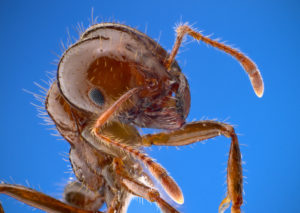
 Are bees endangered because of the use of pesticides which are used on many crops?
Are bees endangered because of the use of pesticides which are used on many crops?
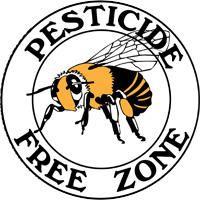 Contact us at
Contact us at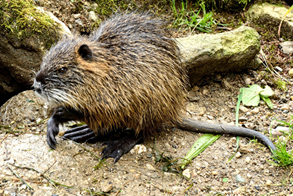 They are back!
They are back!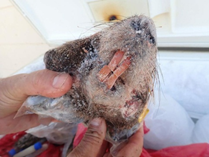 Wearing chest-high waders, biologist Sean McCain tries to tiptoe to the edge of a marsh in California’s Central Valley. A biologist with the state Department of Fish and Wildlife, McCain squints as he searches the shoreline.
Wearing chest-high waders, biologist Sean McCain tries to tiptoe to the edge of a marsh in California’s Central Valley. A biologist with the state Department of Fish and Wildlife, McCain squints as he searches the shoreline.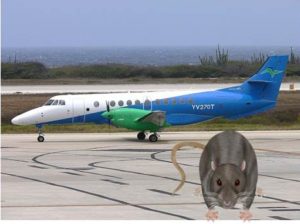 Aviation is one of the most ‘global’ industries: connecting people, cultures and businesses across continents. Aviation has continued to expand. Aviation provides a rapid worldwide transportation network, which makes it essential for global business.
Aviation is one of the most ‘global’ industries: connecting people, cultures and businesses across continents. Aviation has continued to expand. Aviation provides a rapid worldwide transportation network, which makes it essential for global business. Olaf Scholz actually wanted to return home quickly from the IMF meeting in Bali – just in time for the Bavarian election. But the Vice Chancellor’s jet was not ready to go. The reason: damage caused by hungry rodents.
Olaf Scholz actually wanted to return home quickly from the IMF meeting in Bali – just in time for the Bavarian election. But the Vice Chancellor’s jet was not ready to go. The reason: damage caused by hungry rodents.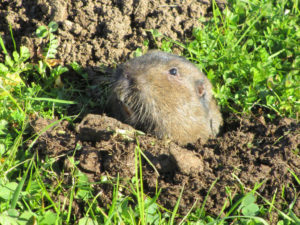
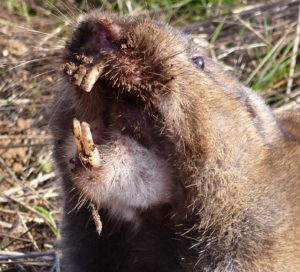
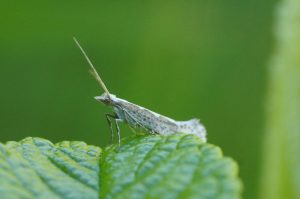

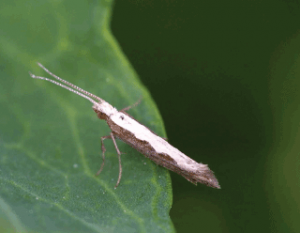


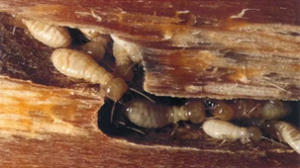

 Everyone thinks that eating well gives the body the essential nutrients when we consume fresh fruits and vegetables. This might be surprising to many people as most of the foods contain highly contaminated pesticides residue on them, there are many people make use of pesticides in foods.
Everyone thinks that eating well gives the body the essential nutrients when we consume fresh fruits and vegetables. This might be surprising to many people as most of the foods contain highly contaminated pesticides residue on them, there are many people make use of pesticides in foods.
 Squirrels of the order ‘Rodentia’ have 200 species and are categorized into three types: ground squirrel, tree squirrel and flying squirrel. Squirrels can be cute and amusing to watch in their natural environment. However, when they invade residential homes, destroy landscaping, eat vegetation, or scare away desirable birds, their antics quickly become less entertaining or cute. They are arboreal in nature. That means they live in trees. But they often choose to live in attics, chimneys, garage, vents etc. Any place that people live we also find them.
Squirrels of the order ‘Rodentia’ have 200 species and are categorized into three types: ground squirrel, tree squirrel and flying squirrel. Squirrels can be cute and amusing to watch in their natural environment. However, when they invade residential homes, destroy landscaping, eat vegetation, or scare away desirable birds, their antics quickly become less entertaining or cute. They are arboreal in nature. That means they live in trees. But they often choose to live in attics, chimneys, garage, vents etc. Any place that people live we also find them.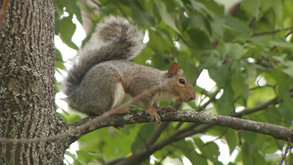 PORTLAND (WGME) – Central Maine Power is reporting that squirrels are causing a rash of power outages in southern and central Maine.
PORTLAND (WGME) – Central Maine Power is reporting that squirrels are causing a rash of power outages in southern and central Maine.